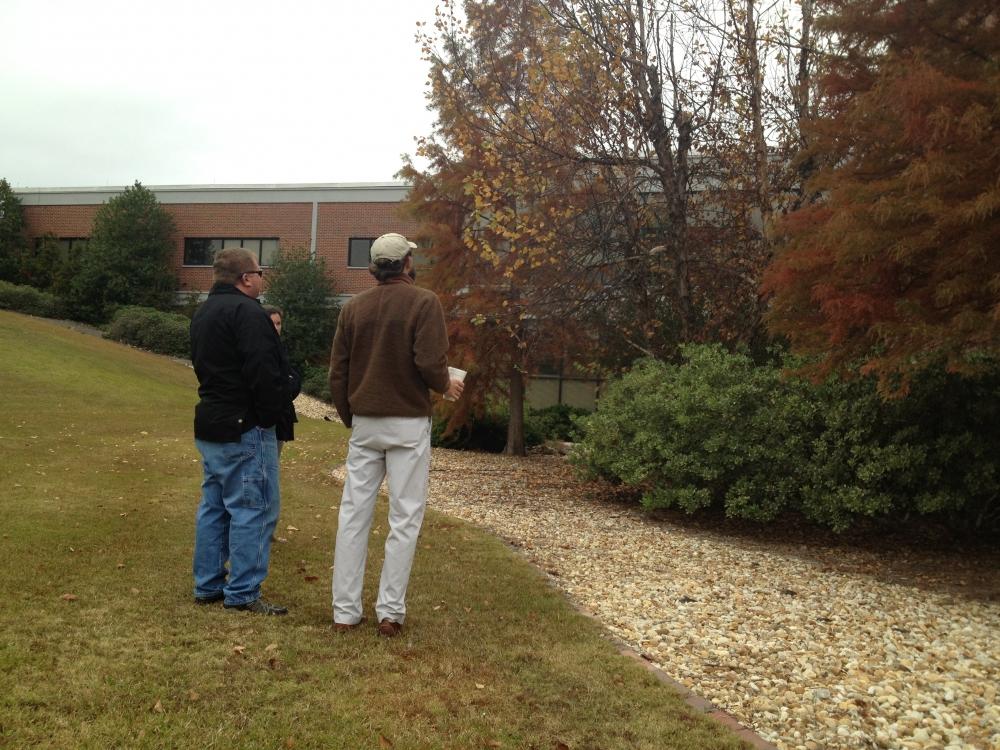
Section Branding
Header Content
Historic Drought Hurts Historic Trees
Primary Content

The U.S. Drought Monitor says 40 percent of Georgia remains in a state of "extreme" or "exceptional" drought, with the driest conditions in the central part of the state.
At the epicenter in Macon, the drought is officially historic, says state climatologist Bill Murphey.
"If you look at year-to-date since January the 1st, Macon actually shows the second driest on record, and it shows the first driest on record for the past two years," Murphey said.
Murphey had hoped the region would make some of that up over a wetter-than-normal winter, but he says the long term outlook as changed. "Originally it looked like we were gonna be in a slight El Nino pattern, but now it looks like we’re gonna be in a neutral pattern," he said.
El Nino is a pattern of warm water in the equatorial Pacific that usually results in wet, cool winters in the Southeast, but Murphey says those warm waters seem to have dissipated.
The drought is starting to become more apparent, even to urban-dwellers.
At Macon State College, campus arborist Derrick Catlett has river birches and red maples dying on him left and right from lack of water.
There’s been one upside: a perfect sequence of events for bright fall foliage.
"We got good rain 6 or 8 weeks ago and it got nice and lush, and then it dried up, and this little cold snap hits, and yeah there’s some beautiful oranges and reds right now," Catlett said.
Catlett says he’s most worried about some of the historic oak trees and other landscape plants in town—they’re not where nature intended them to be, and the people who planted and cared for them are most likely long gone.
Catlett recalls seeing a decades-old collector rose garden in which the owner lost 10 plants she'd never watered in the past; he says plants that have never required watering before may need it now, as the drought has become among the worst on record.
Tags: trees, drought, Macon State College, Adam Ragusea
